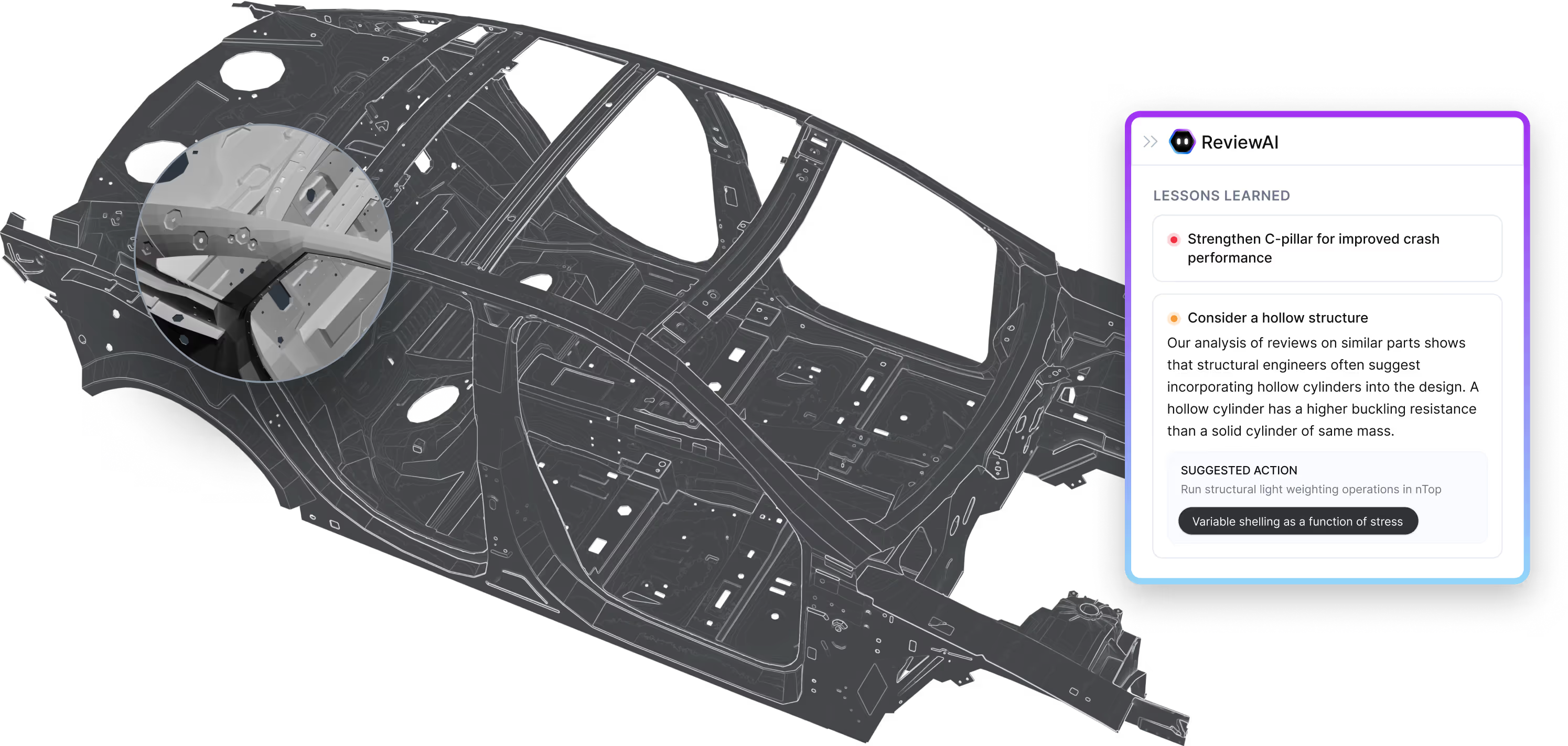10. Staying Future-Ready: Keeping Pace with Evolving AI Tech
Who It’s For: Visionaries and strategists ensuring long-term relevance.
Focus:
- Regular Tool Reviews: The AI landscape evolves quickly. Revisit your toolset annually (or more often) to evaluate new features, improved algorithms, or better integrations.
- Experimentation Budget: Set aside resources for R&D on emerging AI technologies—like advanced natural language interfaces or deep learning simulation accelerators.
- Industry Collaboration: Join professional associations, participate in webinars, and network with peers. Sharing experiences helps everyone stay ahead of the curve.
Key Outcome: Your organization remains agile and open to future innovations, ensuring that AI’s role continues to grow and adapt as the engineering field evolves.
Bringing It All Together: A Roadmap for Sustainable AI Adoption
Implementing AI in your engineering organization isn’t a one-and-done effort. It’s a journey that starts with building a business case, choosing the right pilot, assembling a skilled team, and evolving your processes over time. By treating each step as a deliberate phase—with its own tools, stakeholders, and metrics—you set yourself up for incremental, measurable success.
As your team grows more comfortable with AI, you’ll find that it becomes less of a novel technology and more of a foundational capability. Engineers will spend less time on repetitive tasks and more on meaningful problem-solving. Your products will reach the market faster and perform better. Knowledge will accumulate and self-propagate, enabling each new project to benefit from the lessons of the last.
In short, AI can transform your engineering org, but only if you approach its adoption thoughtfully and proactively. By following the guidance above, you’ll move beyond hype and into a reality where AI-driven insights and efficiency are simply part of how you get great engineering done.

